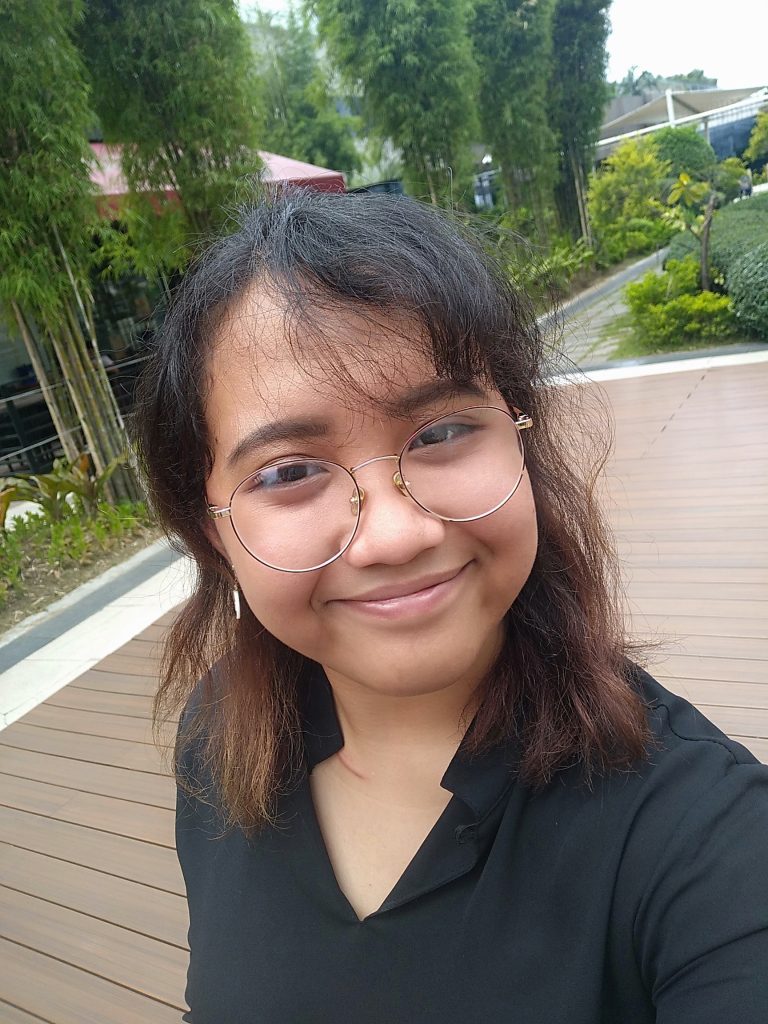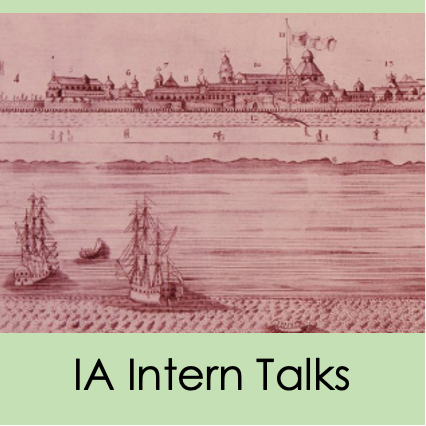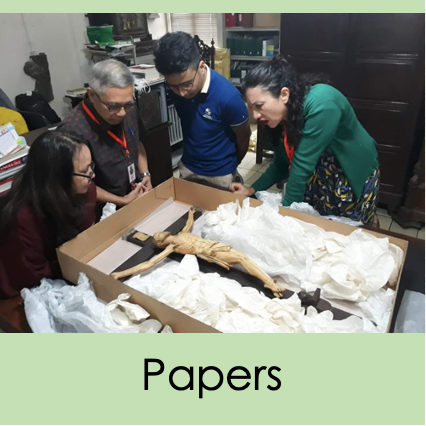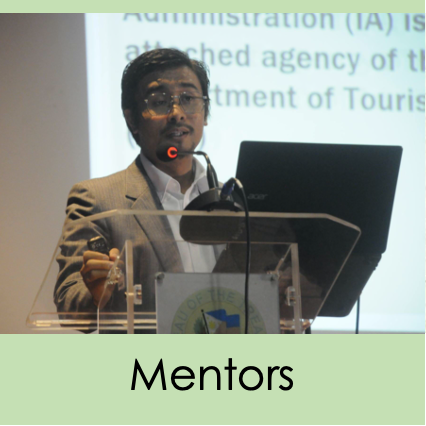By Sophia Elise Arguson
Note: This is a paper produced under the Internship Program of the IA Center for Intramuros Studies.
Abstract
The Philippine archipelago is characterized by its tropical climate and rich geographical terrain which led to the diverse development of human settlements and distinct architecture that reflected on the social and cultural aspect of the ethnic native inhabitants even before the Spanish colonization. The arrival of the Spanish conquistadors greatly influenced the development of building design and construction, including the development of the bahay na bato.
The study compared the different definitions of the bahay na bato and its aspects that identifies as Filipino. A comparative research method and case study bounded by the bahay na bato and its connection to Filipino history, heritage, and identity was employed. The research made use of documented materials and references accessible online.
The research found that unlike description from mainstream literature, the bahay na bato is not foreign and that despite its foreign influences, it stems and identifies as Filipino. The bahay na bato is a Filipino structure developed during the Spanish colonial era, adapted from the local bahay kubo as evidenced by its skeletal structure being a house on stilts. Proving that the bahay na bato is Filipino was a step forward in reclaiming our independent existence as a people—one with rich culture, tradition, and heritage long before our islands were colonized. The new Filipino nation that emerged after three centuries of Spanish rule is not immune from outside influences. But foreign influences should not eclipse what is native. Historical and cultural understanding allows us to affiliate with our culture better, thus providing us a perspective that transcends the self and incorporate a larger social dimension to our individual experiences.
Keywords: Bahay na bato; Bahay kubo; Nationalism; Filipino architecture; Spanish colonial architecture; Filipino culture.
To get a copy of the paper email us at [email protected]
This research paper was completed in September 2021 under the internship of Sophia Elise Arguson.
About the Intern: Sophia Elise Arguson

Sophia Elise “Faye” Arguson is a BA Philippine Arts (Cultural Heritage and Arts Management) undergraduate student at the University of the Philippines – Manila. Her interest in Philippine history, culture, and the arts allows her to excel in both academic and creative writing. Among her personal achievements include her paper on Post-war Development and Reuse of the First United Building, Regina Building, and Calvo Building in Calle Escolta, Binondo, Manila written in 2019, as well as her one-act play, Ang Inyong Mga Anak written in 2021. Faye was the former Councilor for Culture and the Arts for the UP Manila University Student Council, and is currently the Officer for Education and Research for the UPM Museum Volunteer Program, and the Vice Chairperson for Externals for Salinlahi UPM, the home organization of BA Philippine Arts students.
Internship Mentor: Rancho Arcilla, M.A.
Testimonial on the Internship at the Intramuros Administration
“Getting into the internship program of the Intramuros Administration has allowed me to hone not only my professional and organizational skills, but it has also provided me with the additional knowledge and abilities it takes to fulfill my main role as a researcher. It has always been my goal to gain additional knowledge on culture and heritage, and the internship has given me various means and resources to learn from, and possibly even contribute to.”
“Writing and learning about the Bahay na Bato through the span of two months has been challenging, but also surprisingly compelling. I would never have thought that I could produce an academic paper on an architectural structure, but with the constant help of my supervisor, I have grown to develop an affinity towards the subject. The internship and the research process reaffirmed my dedication towards not only the conservation of Philippine culture and heritage, but in being able to contribute to the Filipino community through it.”
Learn more about the Internship Program of the Center for Intramuros Studies
Contact us: [email protected]
Note: The opinions expressed by our interns in their papers and presentations during their internships with us do not necessarily reflect any statement, stand, or position of the Intramuros Administration or of any of its personnel. Moreover, inclusion of research papers or project proposals in the online database of the Center for Intramuros Studies or the website of the Intramuros Administration do not necessarily constitute as an endorsement.
For more information contact the Center for Intramuros Studies via [email protected]
Cannot find what you are looking for? Try requesting for more data via our eFOI Portal.











